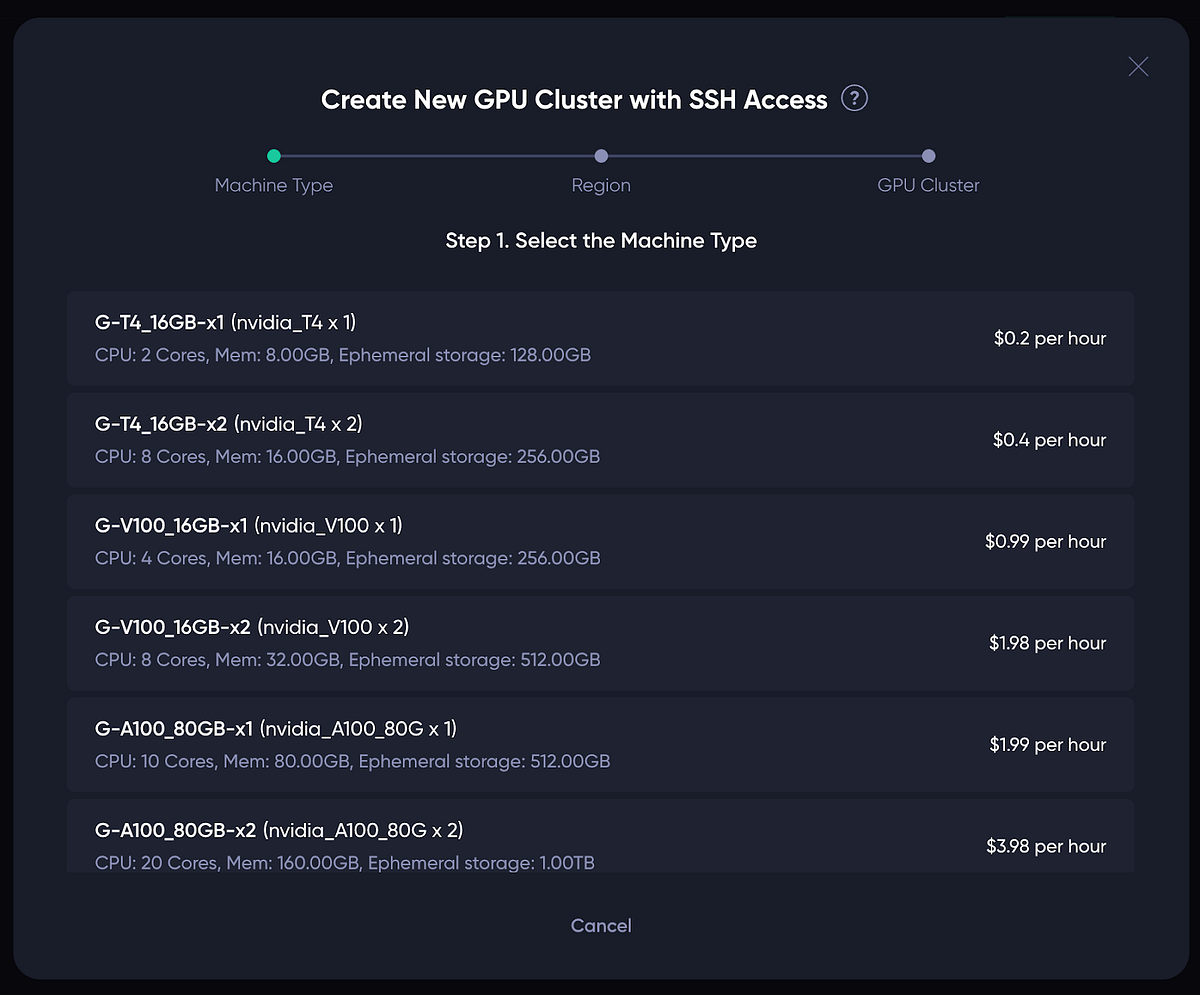Chirp Project: A Decentralized Solution for IoT Connectivity
In the rapidly evolving Internet of Things (IoT) landscape, the emergence of various connectivity standards has led to significant fragmentation, complicating the integration of IoT devices into cohesive networks. To address this challenge, the Chirp project has introduced a decentralized physical infrastructure network (DePIN) designed to enhance the connectivity and management of IoT devices. Chirp operates on a mesh network architecture utilizing LoRa and Sub-GHz LoRaWAN radio communication, supported by a comprehensive ecosystem known as Chirp Wireless. This ecosystem is tailored to power decentralized sensors, robotics, and other IoT devices, with hardware gateways called Blackbirds maintained by a decentralized community known as the Keepers.
The Blackbird devices play a crucial role in providing network coverage through multiple connection protocols, including 2.4 GHz LoRa, Sub-GHz LoRaWAN, Zigbee, Bluetooth Low Energy (BLE), and Thread. This versatility makes Chirp suitable for both residential and commercial applications, facilitating both high-bandwidth close-range communication and sparse long-range connectivity. Keepers are incentivized with CHIRP tokens for their contributions to maintaining the network infrastructure. Notably, Chirp differentiates itself from other platforms, such as Helium, by having a single licensed manufacturer for its nodes, which helps manage supply and maintain appropriate reward levels, thus preventing network oversaturation.
The CHIRP token is integral to the Chirp ecosystem, serving multiple purposes, including rewarding Keepers, granting access to the network, and managing governance processes. Users can connect devices through various subscription models, with payments made in CHIRP tokens on the Sui blockchain. With a total supply capped at 300 million tokens, the distribution is planned over the first ten years post-token generation event (TGE). While Chirp presents a promising solution to unify the fragmented IoT sector, its current stage, with approximately 400 active nodes and limited commercial clients, highlights the need for stable revenue generation to ensure ongoing network participation. The future of Chirp hinges on its ability to attract commercial users who can provide consistent demand for its services.
Related News





